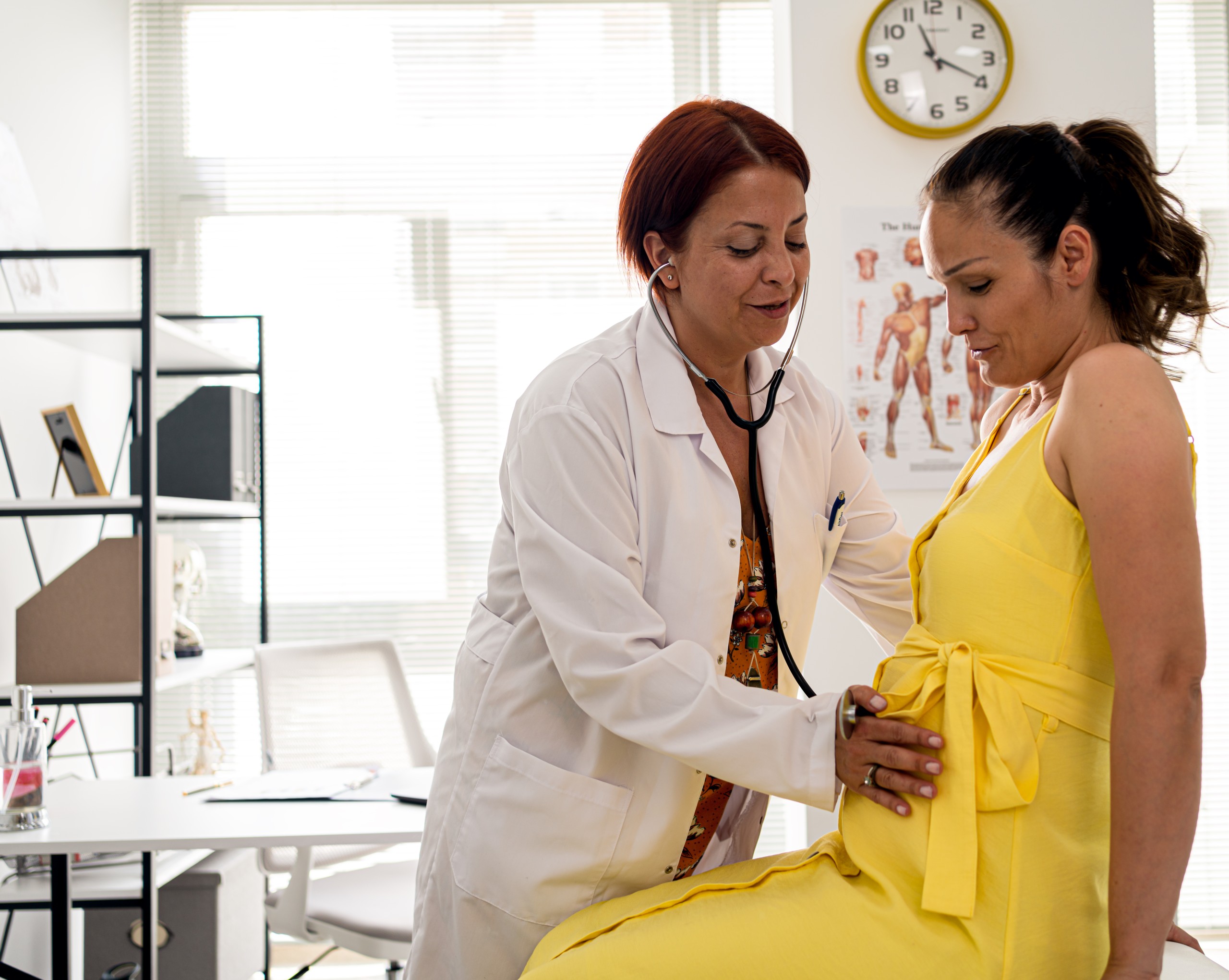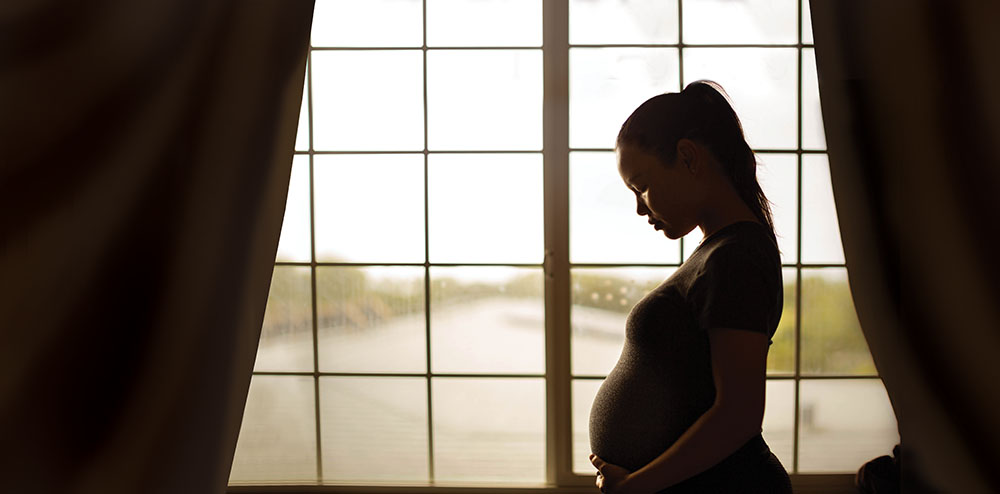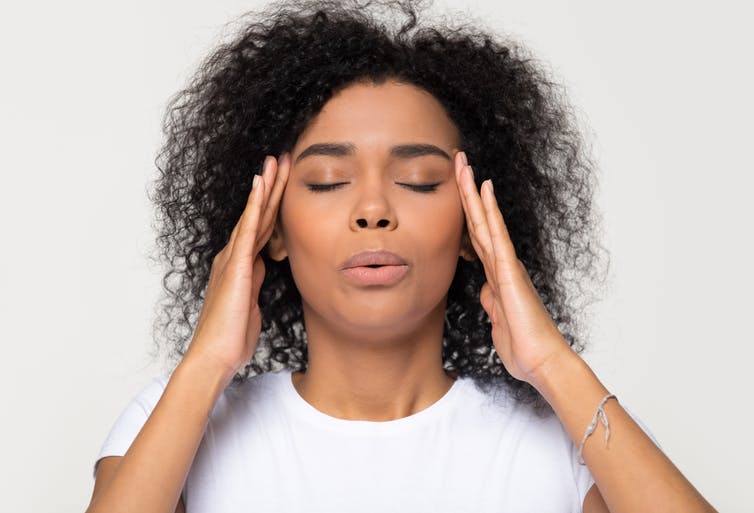Ugh. Age spots — light- or dark-brown, flat marks that develop on the skin — can make us appear older. And they seem to arrive at an earlier age than we might expect.
Dermatologist Joshua Fox, MD says age spots, or lentigines, are caused by overexposure to the sun. They appear mainly on the face, hands, shoulders and arms. Once you start to see age spots, he says, you’ll often see other signs of sun damage, including deep wrinkles; dry, rough skin; fine red veins; and thinner, more translucent skin.
Good news
Though they typically affect people older than 40, age spots can delvelop on younger people who spend a great deal of time in the sun. While age spots are harmless, they may resemble cancerous growths, says Dr. Fox. “If you start to see age spots on your skin, ask your dermatologist to look at them to make sure they are not suspicious,” he advises.
The good news, he adds, is that “most brown spots can be removed or easily treated.” Once your doctor has ruled out skin cancer, several different home remedies and in-office treatments can help reduce or remove the age spots.
You can attempt to lighten them with over-the-counter skin-bleaching lotions and creams, but these typically offer minor improvement. The treatment needs to penetrate the top layer of skin where the extra pigment is located, so these products must be used regularly over weeks or months before results occur.
When choosing a nonprescription fade cream, choose one that contains hydroquinone, deoxyarbutin, glycolic acid or kojic acid, Dr. Fox suggests.
An arsenal of treatments
If these over-the-counter products don’t do enough, an arsenal of treatments do a great job of reducing or emoving age spots:
Prescription creams. Bleaching creams containing hydroquinone, used alone or with retinoids and a mild steroid, can partially fade age spots over time.
Laser spot treatment. Laser treatments, performed in a dermatologist’s office, can remove age spots. These treatments work by being very specific for brown color and selectively removing the spots.
Laser skin rejuvenation. A popular cosmetic treatment, “Fraxel” is a powerful resurfacing laser treatment that smooths and rejuvenates the skin, removes age spots and reduces the appearance of fine lines. “Pixel” is a more powerful resurfacing laser that also treats some of the deeper lines.
Microdermabrasion. The skin is sanded with a special instrument. This procedure helps to strengthen and rejuvenate aging skin and also may help reduce fine lines and wrinkles.
Cryosurgery. This procedure uses liquid nitrogen to freeze skin tissue and remove age spots.
Chemical peel. This powerful treatment not only helps reduce and remove age spots, but also can strengthen the skin to boost collagen production. It involves applying an acid, which burns the outer layer of the skin. As skin peels, new skin forms to take its place.
Dr. Fox notes that reducing sun exposure is the best way to reduce the likelihood of getting age spots. On all areas of exposed skin, use a broad-spectrum sunscreen with an SPF of at least 15 that blocks both UVA and UVB rays.
Kathy Sena is a freelance writer.






